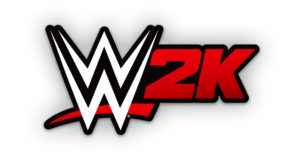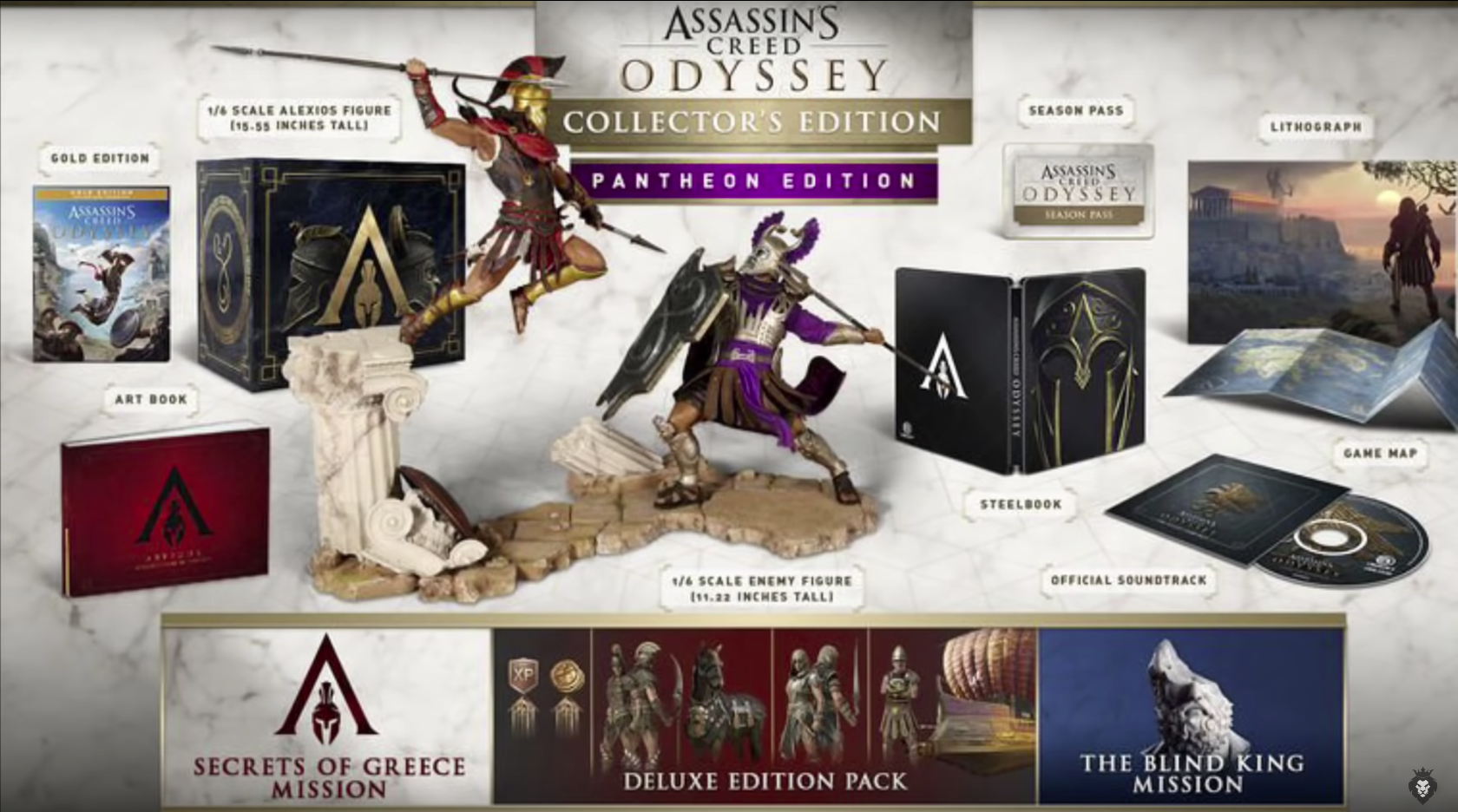So I’m sure you’ve heard this one before: A new video game you’ve been wanting for a while is getting close to release, and you decide it’s time to put in that preorder. But which version do you get? The PlayStation store has five different ones: Gold, Silver, Deluxe, Collectors and the base game.
The Silver version has two additional multiplayer maps and some new skins and is $80. Yet for $100 you can get the Gold edition which has the season pass and all the goodies from the Silver edition.
But the Deluxe edition has the season pass, the Silver edition content and five themes for your console and five avatars that are really nice. And it’s $120. Then the Collector’s edition comes with the season pass, a steelbook, and a funko pop but doesn’t include the themes or items from the Silver edition and it costs you $175.
While I’m exaggerating a little bit, I do feel that this is the direction the video game industry is heading, and I hate it. They are taking parts of the mobile game model and applying it to AAA titles.
Publishers are so desperate to make a buck that they release small little cosmetic additions to the game as part of an $80 deluxe edition that in reality are worth maybe $5. The worst part is they usually sell that stuff individually for $5 a few months following the game’s release.
Ubisoft is one of the worst publishers that do this. Last year’s “Assassin’s Creed Origins” had six different versions available, while this year’s offering from the franchise “Assassin’s Creed Odyssey” having seven different editions of the game.
It seems that since the second game, all main “Assassin’s Creed” titles have had at least three different versions available in addition to the standard game.
Another example is the WWE 2K series. A new game comes out every year that is marginally better than the one that came before. Yet each one has around four different versions.

One is the standard edition, then the deluxe edition, that comes with the pre-order bonus and the season pass. Then there’s the gold edition, which comes with the deluxe edition content, some characters, outfits, moves and arenas exclusive to the deluxe and the ability to play the game four days before release.
You get to play a subpar, unfinished and unpolished wrestling simulator four days before everyone else. Joy.
Then, every year there’s a super duper edition that is themed after a specific wrestler. Last year it was John Cena, this year it’s Ric Flair. It has everything the gold edition has, but now some special packaging and some memorabilia.
It becomes way too much to handle, and if you’re not careful you may order the gold edition instead of the deluxe, or whichever one you want.
However, this is one of the many things “Marvel’s Spider-Man” does right. It’s straight and to the point and only has two editions plus the base game. There’s the $80 deluxe, which gets you the base game and all the DLC that’s coming out.
And if you were a really dedicated Spider-Fan, you could’ve gotten the Collector’s edition, which came with everything from the deluxe edition, an art book, a steelbook and a statue. That’s it. No extra digital content exclusive to it, just some cool knick knacks.
This is a trend I can’t stand, and while it annoys me, there is a reason this practice isn’t going away: it works. Either due to confusion or just a desire to make sure they have everything that comes with the game, customers eat this stuff up and buy it in droves.
Maybe it’s so they can brag about their exclusive funko pop to their friend, or they feel good about having a tiny piece of Ric Flair’s robe that only 536 people will ever obtain and six percent of those people will think fondly on it when their 67. Whatever the reason, multiple same releases of a game will continue to happen.
 Henry Wolski
Henry Wolski
Executive Editor


